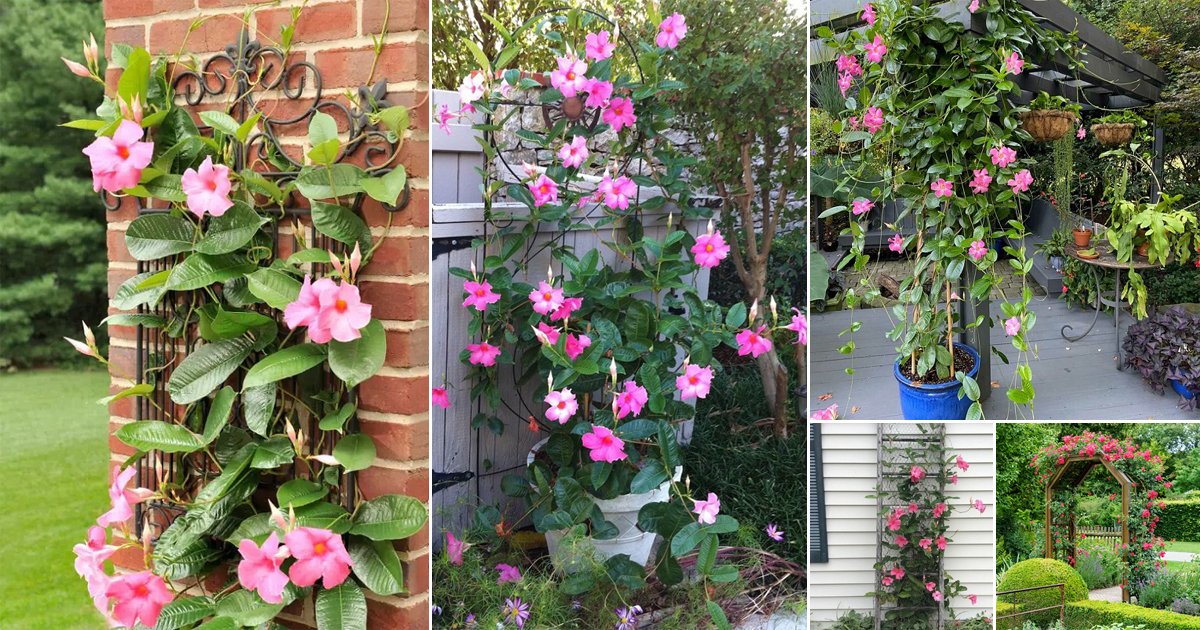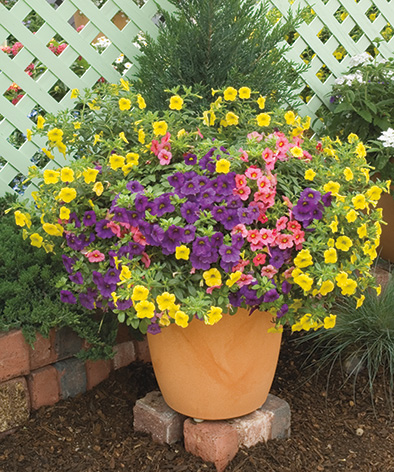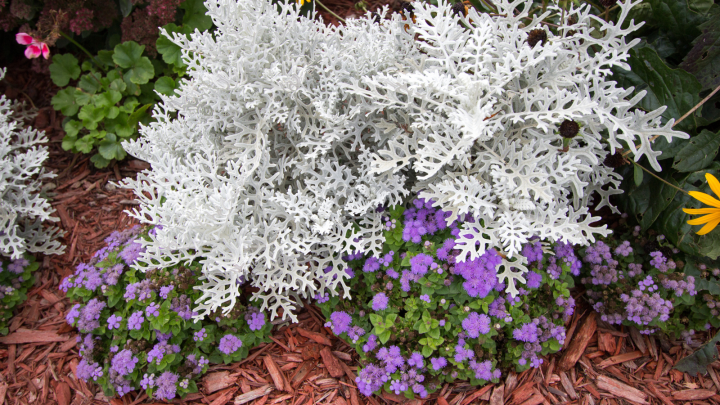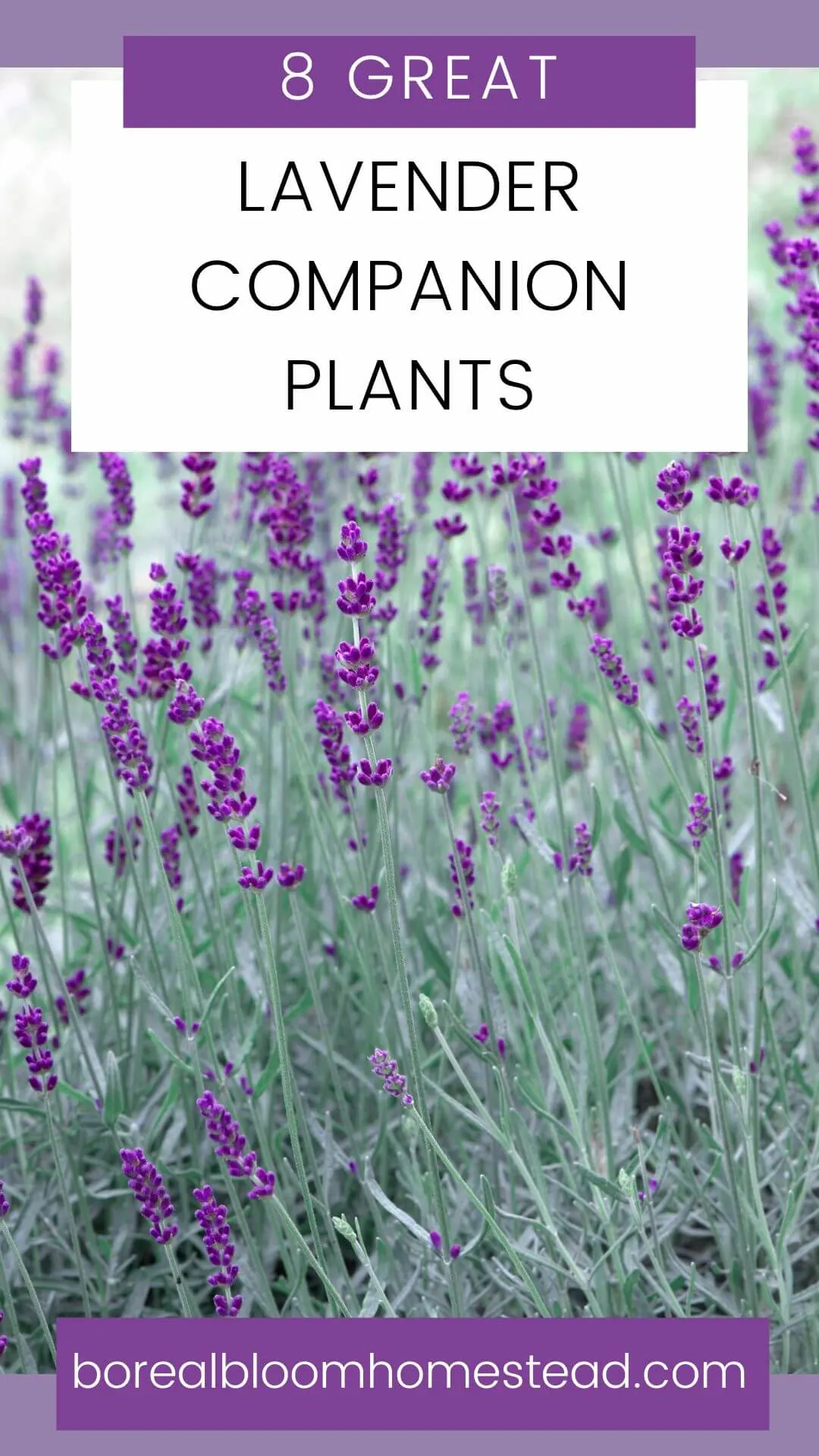Amazing Companion Plants For Dipladenias
Amazing Companion Plants for Dipladenias
Dipladenias are beautiful, flowering plants that are perfect for adding a touch of tropical flair to any garden. They are relatively easy to care for and can thrive in a variety of conditions. However, one of the best ways to ensure that your dipladenias thrive is to plant them with the right companion plants.
Companion planting is a gardening technique that involves planting certain plants together in order to benefit each other. Some plants can help to attract beneficial insects, deter pests, or improve the overall health of their neighbors. When choosing companion plants for dipladenias, there are a few things to keep in mind.
First, consider the sunlight and water requirements of the plants you are considering. Dipladenias need full sun and well-drained soil. If you are planting them in a shady spot, you will need to choose companion plants that can tolerate less sunlight. Similarly, if your soil is prone to staying wet, you will need to choose plants that are not susceptible to root rot.
Second, think about the size of the plants you are choosing. Dipladenias can grow quite large, so you will need to make sure that their companion plants are not too small or they will be overshadowed. Conversely, if you are planting your dipladenias in a small container, you will need to choose companion plants that are not too large or they will outgrow the space.
Finally, consider the aesthetic appeal of the plants you are choosing. You want to create a combination of plants that complement each other's colors, textures, and shapes.
With these factors in mind, here are a few of the best companion plants for dipladenias:
- Geraniums: Geraniums are another popular flowering plant that is easy to care for and can thrive in a variety of conditions. They come in a wide range of colors, so you can easily find ones that will complement your dipladenias. Geraniums also attract beneficial insects, which can help to keep pests away from your dipladenias.

- Petunias: Petunias are another great choice for companion plants for dipladenias. They come in a variety of colors and sizes, so you can easily find ones that will fit your space and complement your dipladenias. Petunias also attract beneficial insects, which can help to keep pests away from your dipladenias.

- Lavender: Lavender is a beautiful, fragrant plant that can add a touch of elegance to any garden. It is also a good companion plant for dipladenias because it repels pests, such as mosquitoes and moths.
- Coleus: Coleus is a colorful, tropical plant that can add a splash of brightness to any garden. It is also relatively easy to care for and can thrive in a variety of conditions. Coleus does not attract pests, but it does not repel them either. However, its bright colors can distract pests from your dipladenias.

- Marigolds: Marigolds are a popular choice for companion planting because they repel a variety of pests, including aphids, whiteflies, and nematodes. They also attract beneficial insects, such as ladybugs and lacewings.

These are just a few of the many great companion plants for dipladenias. When choosing companion plants, it is important to experiment and find combinations that work well for you. With a little trial and error, you can create a beautiful and thriving garden that is full of colorful, fragrant flowers.
Dipladenias are beautiful, flowering plants that can add a touch of tropical flair to any garden. But did you know that they can also benefit from having companion plants? Companion plants are those that grow well together and can help each other thrive.
Some good companion plants for dipladenias include:
- Sweet potato vine is a fast-growing vine that can help to shade the dipladenia's roots and prevent them from drying out.
- Annual phlox is a colorful flower that can help to attract pollinators to the dipladenia.
- Bidens is a hardy plant that can help to deter pests from the dipladenia.
To learn more about dipladenia companion plants, visit Gardenia Inspiration. This website has a comprehensive list of plants that can be grown with dipladenias, as well as information on how to choose the right companion plants for your specific needs.
FAQ of dipladenia companion plants
1. What are some good companion plants for dipladenia?
Dipladenia is a tropical plant that prefers full sun and moist, well-drained soil. It is not tolerant of frost, so if you live in a cold climate, it is best to consider it an exotic annual or bring it indoors as a houseplant for the winter.
Some good companion plants for dipladenia include:
- Other tropical plants that enjoy similar growing conditions, such as hibiscus, bougainvillea, and mandevilla.
- Plants that provide shade, such as lantana or plumbago. This will help to protect the dipladenia from the hot sun in the afternoon.
- Plants that attract pollinators, such as bees and butterflies. This will help to ensure that your dipladenia is pollinated and produces flowers.
2. How far apart should I plant dipladenia companion plants?
The distance between dipladenia companion plants will depend on the size of the plants you are planting. As a general rule, you should plant them about 2 feet apart. This will give them enough space to grow and spread without crowding each other.
3. What are some tips for planting dipladenia companion plants?
Here are some tips for planting dipladenia companion plants:
- Prepare the soil by making sure it is well-drained.
- Add some compost or other organic matter to the soil to improve drainage and fertility.
- Plant the dipladenia and its companion plants at the same depth they were growing in their pots.
- Water the plants well after planting.
- Mulch around the plants to help retain moisture and suppress weeds.
4. How do I care for dipladenia companion plants?
Dipladenia companion plants require regular watering, especially during hot, dry weather. You should also fertilize them every few weeks with a balanced fertilizer.
In addition to regular watering and fertilizing, you should also deadhead spent flowers to encourage new growth. You may also need to prune the plants occasionally to keep them in shape.
5. What are some common pests and diseases that affect dipladenia companion plants?
Dipladenia companion plants are susceptible to a few common pests and diseases, including:
- Aphids: Aphids are small, sap-sucking insects that can cause leaves to wilt and curl. You can control aphids with insecticidal soap or neem oil.
- Mealybugs: Mealybugs are also small, sap-sucking insects that are covered in a white, cottony substance. You can control mealybugs with rubbing alcohol or insecticidal soap.
- Powdery mildew: Powdery mildew is a fungal disease that causes leaves to become covered in a white, powdery film. You can control powdery mildew with a fungicide.
Image of dipladenia companion plants
5 different images of "dipladenia companion plants" from Pinterest:
- Mandevilla: Mandevilla is a tropical vine that is similar to dipladenia in appearance and care requirements. They can be grown together in a pot or in the ground, and they will both thrive in full sun and well-draining soil.

- Calibrachoa: Calibrachoa is a trailing plant that is known for its small, brightly colored flowers. It is a good choice for companion planting with dipladenia because it blooms all summer long and can tolerate heat and drought.

- Petunia: Petunias are another popular choice for companion planting with dipladenia. They come in a wide variety of colors and flower shapes, and they are relatively easy to care for.

- Dusty Miller: Dusty Miller is a silver-leaved succulent that adds contrast to the colorful flowers of dipladenia. It is also drought tolerant and can help to keep the soil in the pot from drying out too quickly.

- Lavender: Lavender is a fragrant herb that can be used to attract pollinators to your garden. It is also drought tolerant and can help to deter pests from your plants.


Post a Comment for " Amazing Companion Plants For Dipladenias"